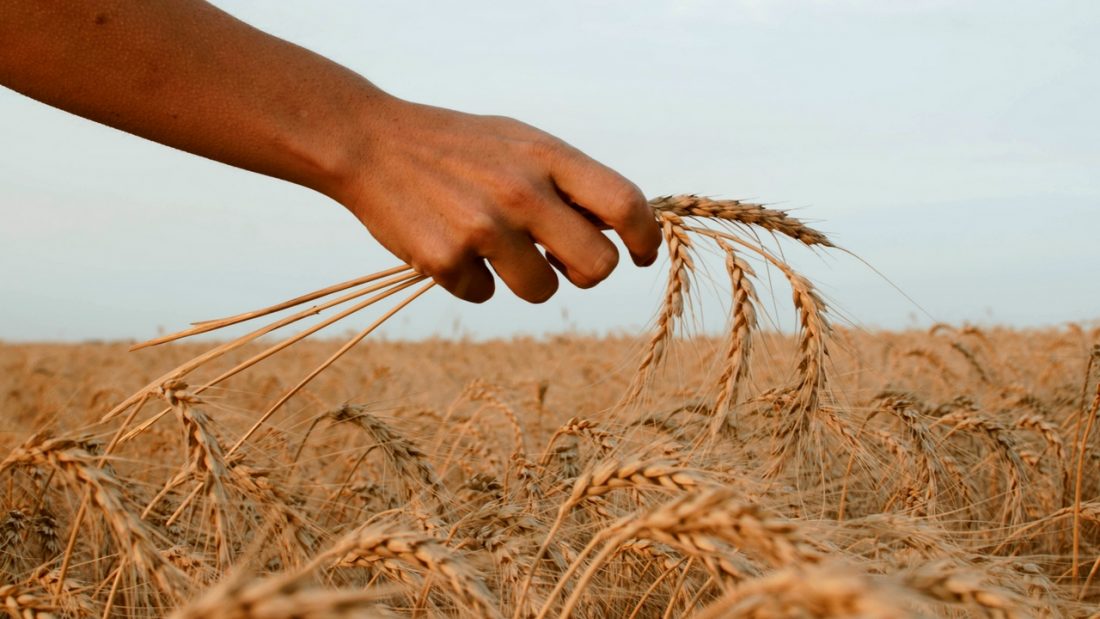I am often asked about whole grains. Two of my most frequently asked nutrition questions are “Do I need to eat grains?” and “How much do I need?”
So much confusion has arisen about grain foods, gluten, and carbohydrate containing foods due to fad diets that focus on eliminating food groups.
In this post, I will explain what whole grains are, and why most of us need to eat them. I will also discuss who should avoid or limit certain grain foods.
Whole grains: What are they?
Whole grain describes a grain, flour or food that contains all three parts of the grain—bran, endosperm, and germ.
The bran is the outer layer of the grain and contains vitamins, minerals, phytonutrients and fibre.
The endosperm is high in carbohydrate and protein and is a food supply for the germ.
The germ contains the genetic material for a new plant and provides a rich source of essential fatty acids, vitamin E, B group vitamins, mineral, and phytonutrients.
You may view an image of a whole grain here.
Refined grains have the bran and germ removed, which means you are eating the endosperm—carbohydrate and protein only.
Some refined grain foods have a naturally low glycemic index (GI) e.g. sourdough white bread, basmati rice and pasta. If you are eating refined grains, these are the preferred types to have. You can find out more about the glycemic index here.
How do I find whole grains in packaged foods?
In packaged foods, look on the ingredients list for whole grains, examples include:
- Whole grain [name of grain]
- Whole wheat/whole [other grain]
- Stoneground whole [grain]
- Wholemeal
- Brown rice
- Buckwheat
- Oats, oatmeal
- Multigrain
- Sprouted whole grain
- Quinoa
Why eat whole grains?
For health
Based on the scientific research reviewed for the 2013 Australian Dietary Guidelines, eating three serves of whole grains a day is associated with a 20-30% reduction in risk of:
- Type 2 diabetes,
- Cardiovascular disease,
- Stroke,
- Come cancers and
- Early death.
One serve of whole grains is ½ cup cooked grain or one slice of bread.
So there are many health benefits to eating whole grains, which we will explore further in the next article.
For enjoyment
Grain and cereal foods are staples for many cultures. Could you imagine the Italian cuisine without pasta? As a food source grains date back around 10,000 years.
Grains add variety and flexibility to meals. We all know the convenience of a sandwich! But with appropriate containers and cool packs, we can enjoy grain salads and burgers anywhere too.
Eat 3 serves of whole grains a day
Based on the research for the 2013 Australian Dietary Guidelines and more recent research, 2 to 4 serves of whole grains foods daily is recommended.
Children and active adults may require a higher number of serves, read more about servings here.
In terms of overall health and wellbeing though, we are encouraged to have a balance of foods from all food groups, with coloured and green leafy vegetables taking centre stage.
You might like to read my article “What should I eat?”
Exceptions
Coeliac Disease
Gluten-containing grains are not recommended for people who have been diagnosed with coeliac disease. Coeliac disease diagnosis requires a bowel biopsy. You can read more about coeliac disease here.
Wheat Allergy
Wheat allergy is different to coeliac disease. A wheat allergy generates an antibody in response to a particular protein found in wheat e.g. albumin, globulin, gliadin, and gluten…
Whereas coeliac disease is an abnormal immune system response to gluten.
Symptoms of wheat allergy include:
- Swelling, itching or irritation of the mouth or throat
- Hives, itchy rash or swelling of the skin
- Nasal congestion
- Headache
- Itchy, watery eyes
- Difficulty breathing
- Cramps, nausea or vomiting
- Diarrhea
- Anaphylaxis
Most young children with wheat allergy outgrow it by ages 3 to 5.
Anaphylaxis is a life-threatening condition that may lead to:
- Swelling or tightness of the throat
- Chest pain or tightness
- Severe difficulty breathing
- Trouble swallowing
- Pale, blue skin colour
- Dizziness or fainting
- Fast heartbeat
When to see a doctor
If someone shows signs of anaphylaxis, call your local emergency number. Anaphylaxis is a medical emergency that requires immediate care.
Also, if you suspect that you or your child is allergic to wheat or another food, then please see your doctor.
In the next article on whole grain foods, I will outline how they contribute to improved health and wellbeing. We will take a look at how the components of whole grains, such as fibre and phytonutrients, boost our immune system and help to prevent disease.
